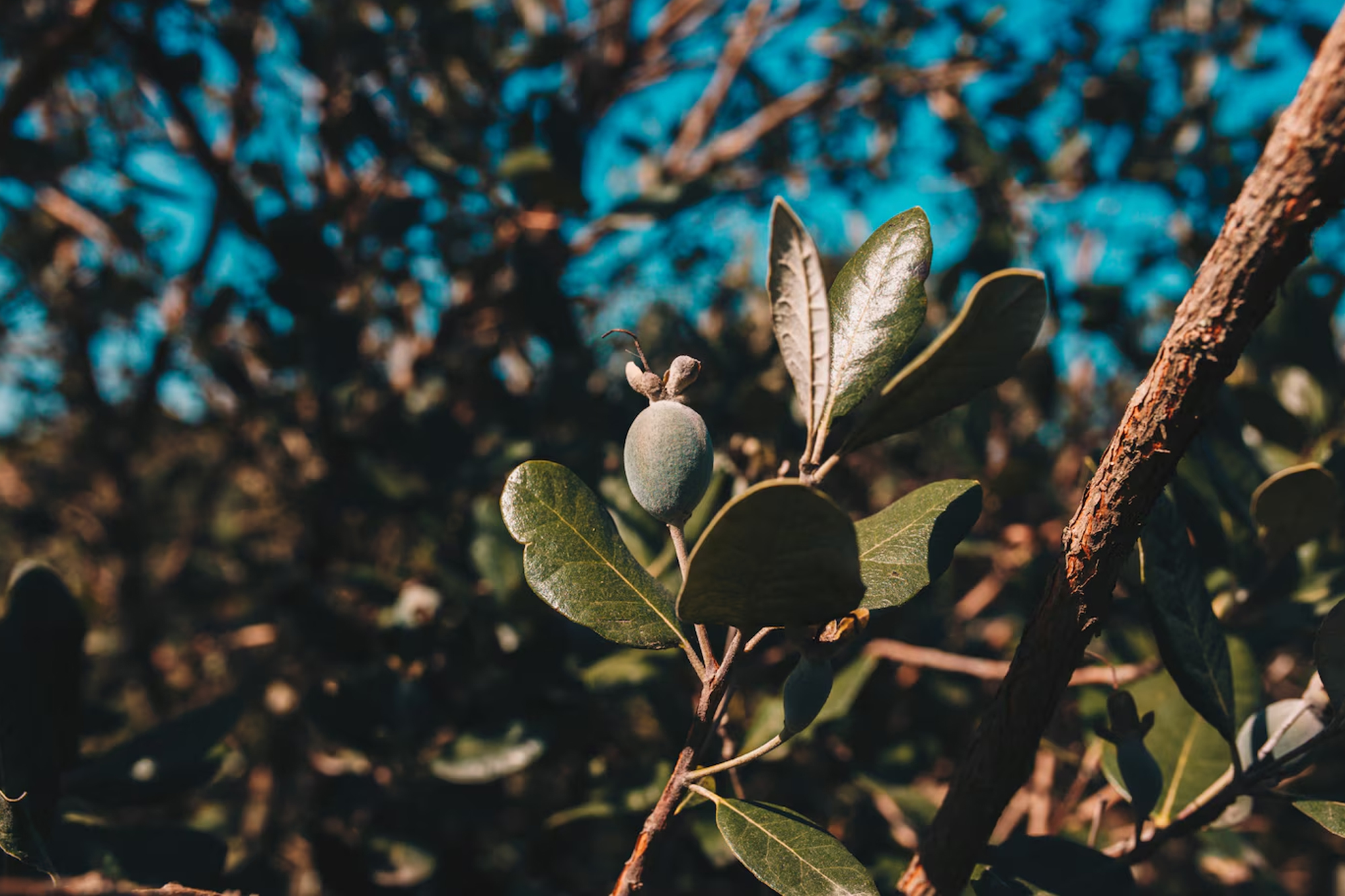
Walnut trees, known for their elegance and productivity, have long been cherished for their diverse benefits. These majestic trees not only offer shade and beauty but also provide valuable timber and nutrient-rich nuts. From their cultural significance to their ecological contributions, walnut trees stand as a testament to nature's generosity. Let’s explore the fascinating world of walnut trees and their multifaceted importance.
The history of walnut trees dates back thousands of years. Ancient civilizations revered these trees for their abundant gifts. The English walnut, also known as the Persian walnut, was a staple in Mediterranean and Middle Eastern diets, while black walnut trees were integral to the culture and economy of Native American tribes. Walnut wood has also been prized for centuries, used in furniture, carvings, and even weaponry, signifying its lasting value.
Walnut nuts are a powerhouse of nutrients, packed with omega-3 fatty acids, antioxidants, and essential minerals. They are known to support heart health, brain function, and overall well-being. Incorporating walnuts into one’s diet has become increasingly popular as the focus on health and sustainable eating grows. Beyond their nutritional benefits, walnuts are versatile in the kitchen, enhancing everything from salads and baked goods to savory dishes.
Walnut trees play a vital role in the environment. Their broad canopies provide shelter for birds and small mammals, while their fallen leaves enrich the soil. Interestingly, walnut trees produce a compound called juglone, which can inhibit the growth of certain plants around them. While this limits companion planting, it showcases the unique chemical adaptations of these trees.
- English Walnut (Juglans regia): The most widely cultivated for nuts, known for its thin-shelled, easy-to-crack nuts.
- Black Walnut (Juglans nigra): Valued for its rich, earthy-flavored nuts and highly sought-after dark wood.
- Butternut (Juglans cinerea): Recognized for its sweet, buttery nuts and silvery bark.
- California Black Walnut (Juglans californica): Native to the western United States, cherished for its robust nuts and adaptability to dry climates.
Growing walnut trees requires patience and care, but the rewards are well worth it. These trees thrive in deep, well-drained soil and sunny locations. While they take years to mature and bear fruit, their longevity ensures benefits for generations. Proper pruning and protection from pests are essential to maintaining healthy trees.
Throughout history, walnut trees have held symbolic meanings in different cultures. In Greek mythology, walnuts were associated with fertility and wisdom. In some traditions, walnut trees were seen as protective guardians, planted near homes to bring good fortune. Even today, walnuts are celebrated during festivals and holidays in many parts of the world.
Walnut wood remains a favorite among craftsmen for its strength, durability, and attractive grain. It is used in high-quality furniture, musical instruments, and even luxury car interiors. Sustainable forestry practices ensure that the demand for walnut wood doesn’t compromise the health of these magnificent trees.
Walnut trees are far more than just providers of nuts and timber—they are enduring symbols of nature's generosity and resilience. From their ecological role to their historical and cultural significance, these trees enrich our world in countless ways. Whether you’re enjoying the shade of a walnut tree, savoring its flavorful nuts, or admiring its fine wood, you’re partaking in a legacy that has endured for centuries.
Planting and preserving walnut trees is not just an investment in nature—it’s a commitment to future generations who will benefit from their bounty and beauty.